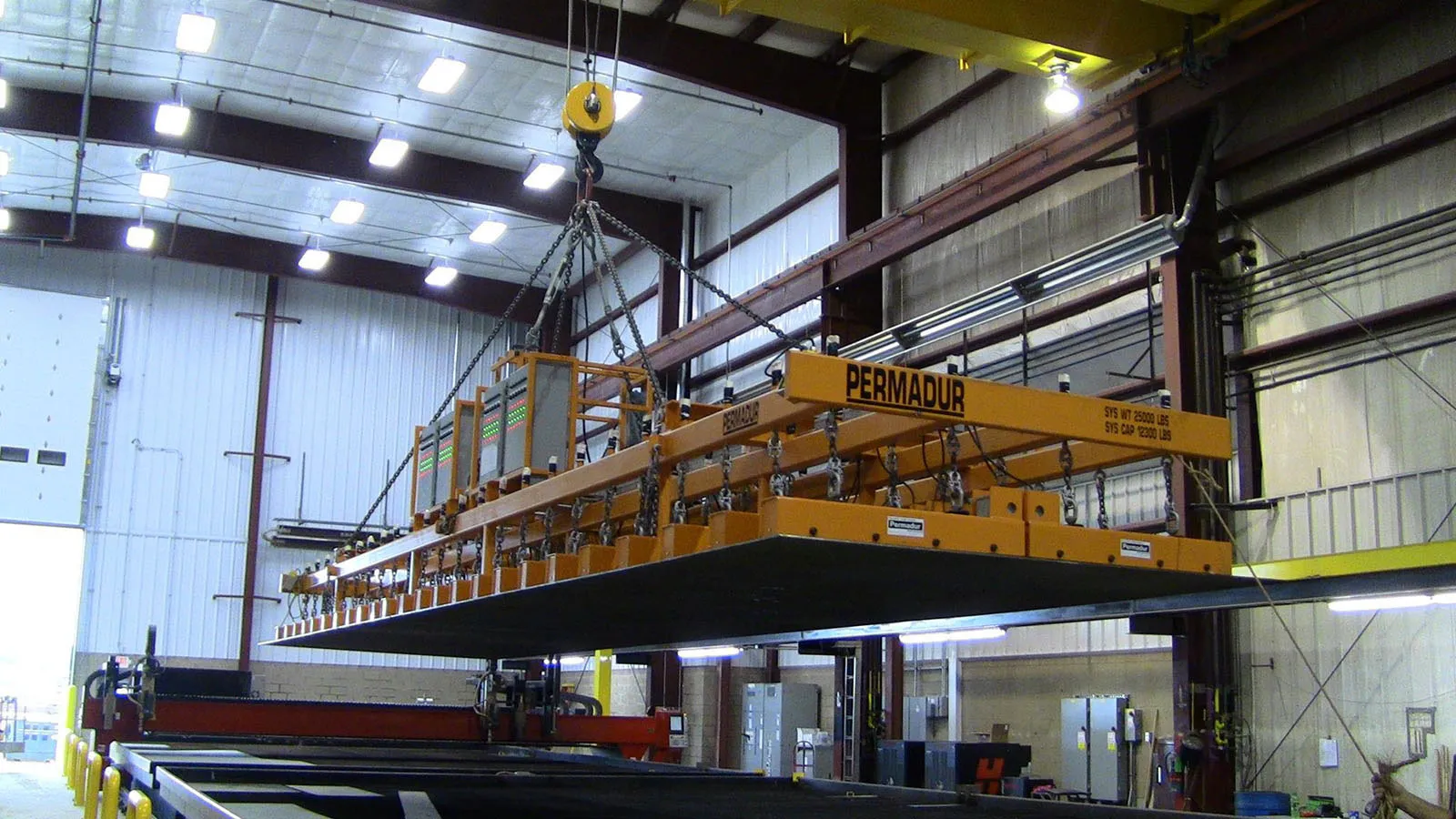The Complexity Behind Gripping Flat Steel
Holding a flat steel plate might seem straightforward initially, but hidden variables often complicate matters in industrial settings. Thickness, surface condition, and even the presence of coatings can influence how well a magnet performs. The stakes increase further when plates become larger, heavier, or have irregular edges. Understanding how plate lifting magnets adapt to these differences addresses a central question for many operators tasked with moving flat metals safely and efficiently.
Plate lifting magnets emerge as a specialized solution, crafted to optimize grip across expansive surfaces. Their design incorporates both magnetic physics and practical operational features. From controlling magnetic flux penetration to ensuring uniform weight distribution, these tools encapsulate an engineering balance that keeps plates secure and workers protected from sudden drops.
Assessing Steel Grade, Thickness, and Surface Finish
Adapting a magnet to different plates means accounting for various factors that affect performance. Even if two plates look identical, underlying metallurgical properties can radically alter how the magnetic field interacts with the material. Examining such nuances helps clarify how the magnet’s capacity and reliability shift from one plate to another.
One dimension of this consideration lies in the steel’s chemical makeup. Low-carbon steel typically yields high magnetic permeability, enabling stronger clamping forces, while certain alloys might reduce the magnet’s holding strength. Additionally, plate thickness can change the way the magnetic field permeates the load. Thicker metals allow more flux to anchor within the steel, whereas thinner sheets often leave less mass for the magnet to latch onto.
A final aspect is the plate’s surface integrity. Rust, mill scale, paint, or any other contaminants introduce air gaps between the magnet and the metal, weakening the bond. Even minor debris can compromise safety, especially when working with thinner plates. These variations converge to underline why one must carefully match each magnet’s specifications to the unique dimensions and composition of the target plate.
Distributing Magnetic Flux Across the Entire Load
The defining test for plate-lifting magnets is maintaining balanced lifting forces across a broad surface. If the flux is uneven, one side might slip even though the rest of the plate appears securely held. Achieving an even spread of magnetic energy involves strategic pole design and placement and sometimes adjustable beams that accommodate plate width or irregular shapes.
- Pole Configuration—Some magnets incorporate multiple poles or distributed arrays to prevent the overconcentration of force in a small region.
- Load Beam Adaptation – Customizable beams can be extended or contracted to suit the plate’s size, ensuring the magnet’s core engages with the steel uniformly.
- Suspension Systems – A magnet assembly may rest on springs or pivots, allowing it to adapt to minor variations in the plate surface and maintain consistent contact.
- Selective Activation – Certain advanced systems enable row-by-row activation, targeting specific sections of the plate for precise handling.
These design elements converge to counteract the natural tendency of large plates to sag or flex under their own weight. By improving contact across the full span of metal, operators can confidently maneuver significant loads without sudden shifts in balance. Comprehensive flux distribution thus becomes the cornerstone of effectively lifting plates of various shapes and sizes.
Confirming Safety Margins and Operational Protocols
Moving large steel plates on overhead cranes or other lifting devices involves a substantial element of risk if safety margins are overlooked. Plate lifting magnets typically incorporate ratings that reflect the maximum load they can handle under ideal conditions. However, operators must also consider real-world factors such as angle of pull, plate thickness extremes, or environmental vibrations.
In many cases, guidelines prescribe a safety factor—often a 3:1 or 4:1 ratio between the rated capacity and the magnet’s potential maximum pull force. This approach acknowledges the unpredictable nature of industrial settings, where slight misalignment or abrupt motion can introduce forces beyond a standard vertical lift. By providing a buffer, the magnet remains effective even under unforeseen strain.
Adhering to established procedures ensures these built-in safety features function correctly. Checking for defects in the magnet’s surface, verifying that plates meet specified thickness thresholds, and ensuring that debris is cleared from contact points can collectively prevent incidents. Such practices confirm that lifting capacities are more than theoretical figures—they guide operators to act safely and predictably.
Prioritize the Right Setup for Every Lift
Plate lifting magnets hinge on a precise alignment of material properties, flux distribution, and robust safety measures. By recognizing how factors like thickness, grade, and cleanliness affect the magnet’s grip, operators can tailor each lift to the demands of the specific load. Whether they engage an adjustable beam, monitor environmental conditions, or meticulously clean the plate, the outcome centers on a stable, uniformly supported lift.
These calculated steps transform what seems like a routine operation into a refined process that safeguards teams, machinery, and valuable steel inventory. Even though every plate differs slightly in composition or surface quality, the universal principle remains: a well-chosen plate lifting magnet with the correct safety margins ensures steady movement and consistent outcomes, regardless of size or shape.
Optimize Plate Handling Today
The driving force behind a plate lifting magnet’s effectiveness resides in how comprehensively it accounts for the details of the metal plate itself. Operators can secure reliable results in any work environment by integrating the necessary flux patterns, confirming surface conditions, and adhering to established load capacities. This well-informed approach to using plate lifting magnets upholds safety standards, preserves material, and maintains an efficient workflow across all plate-handling tasks.


